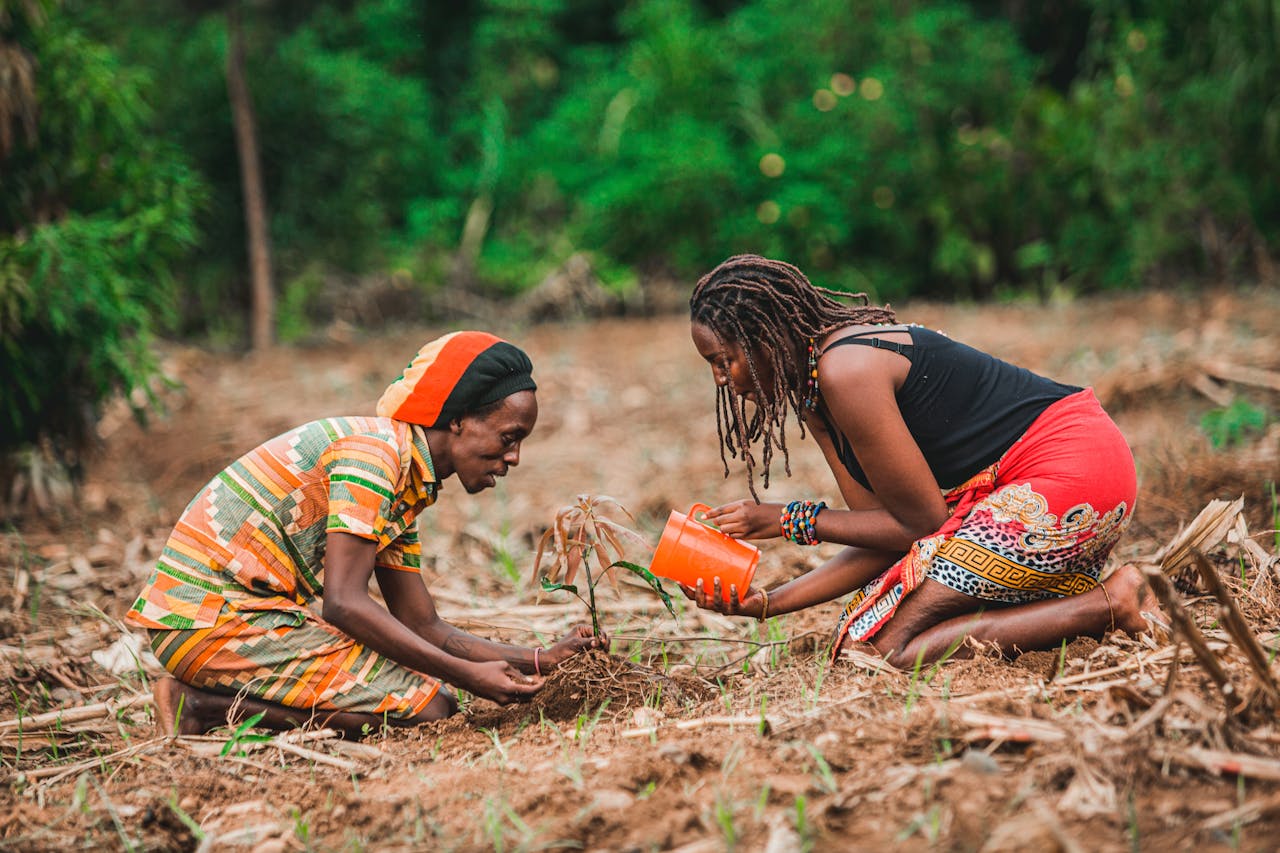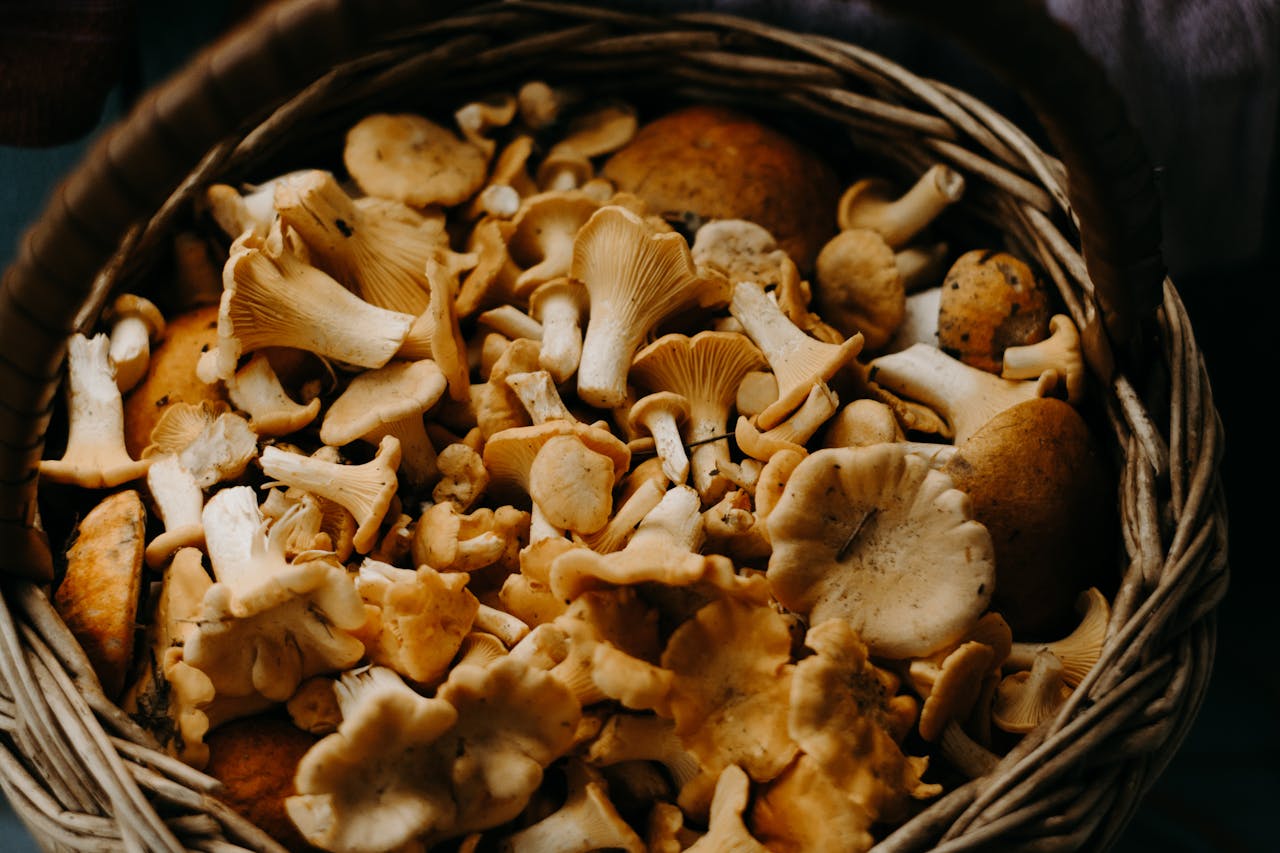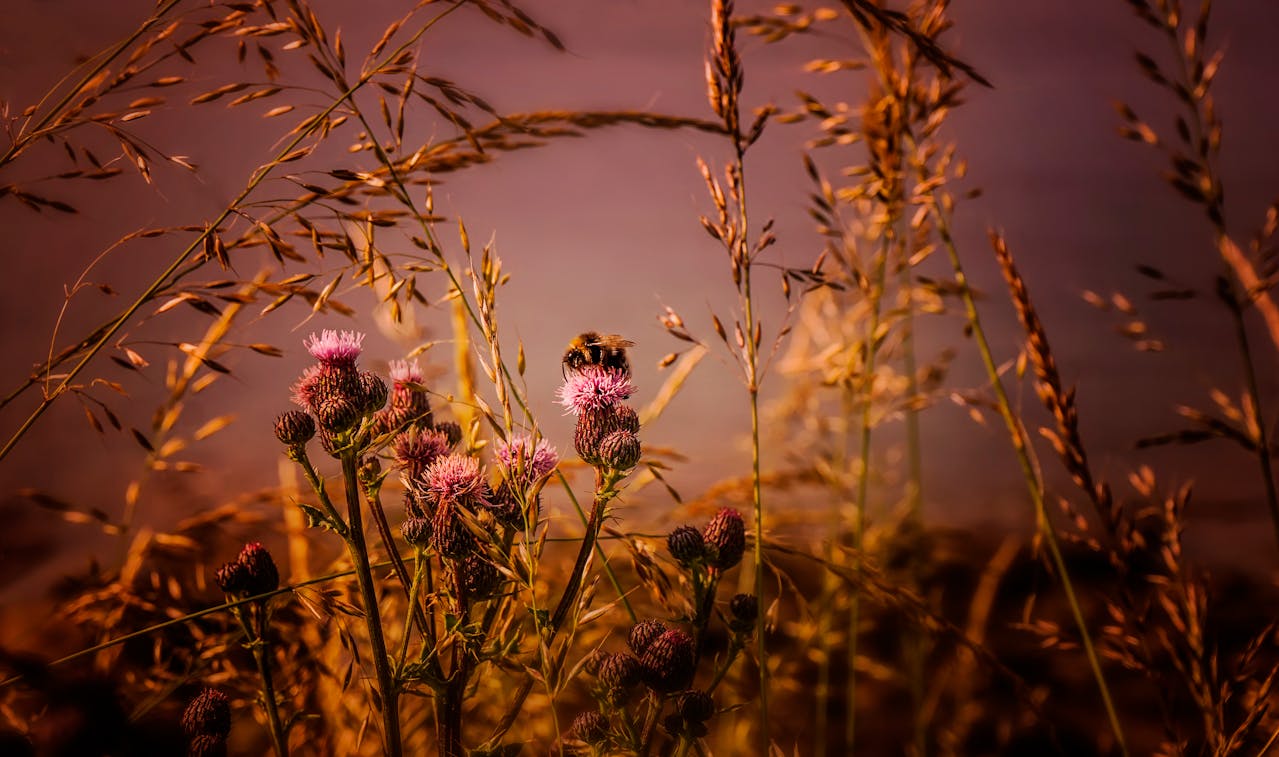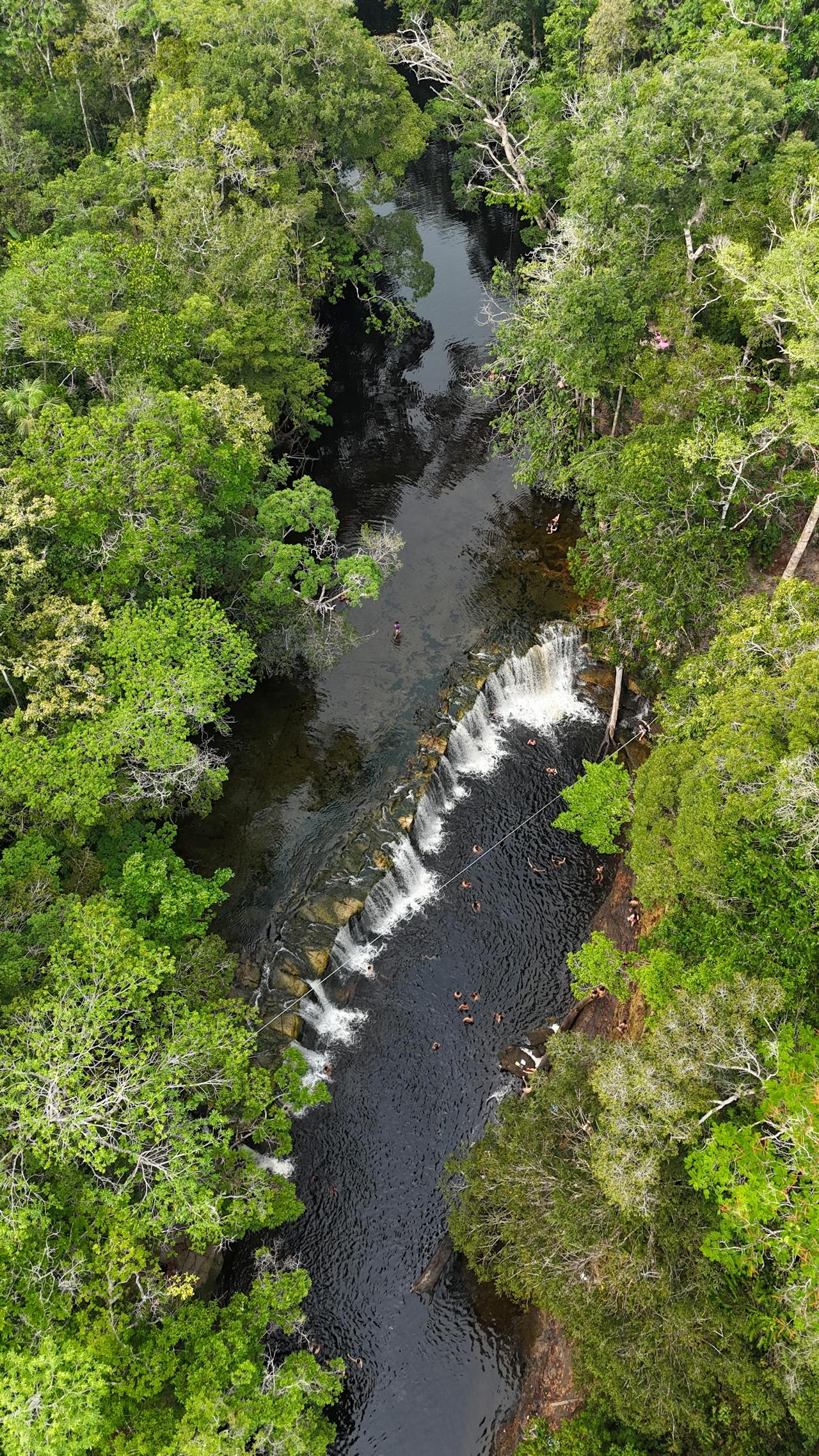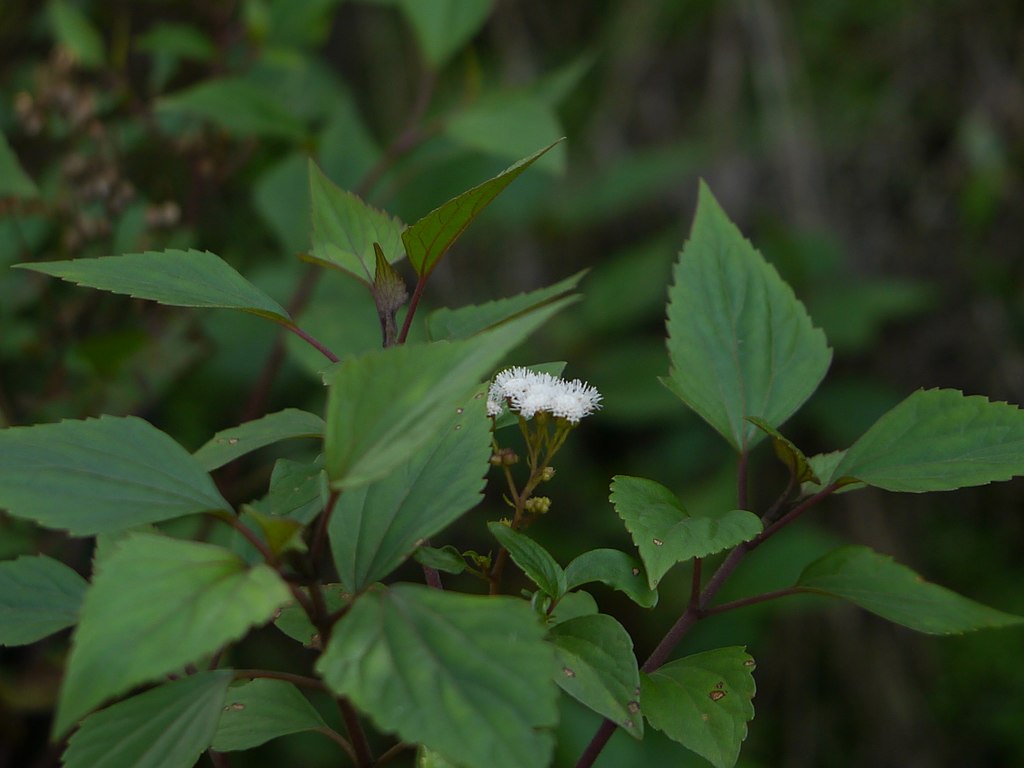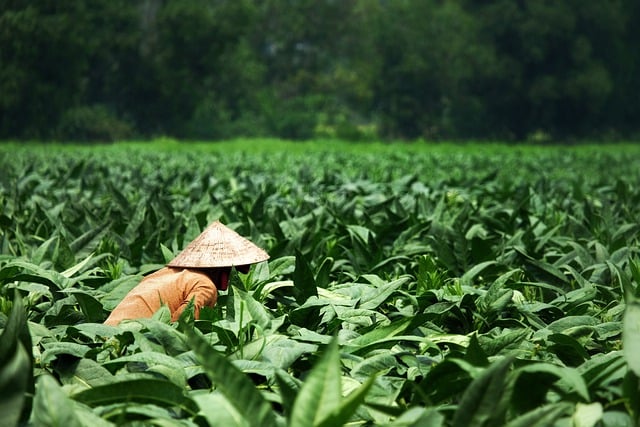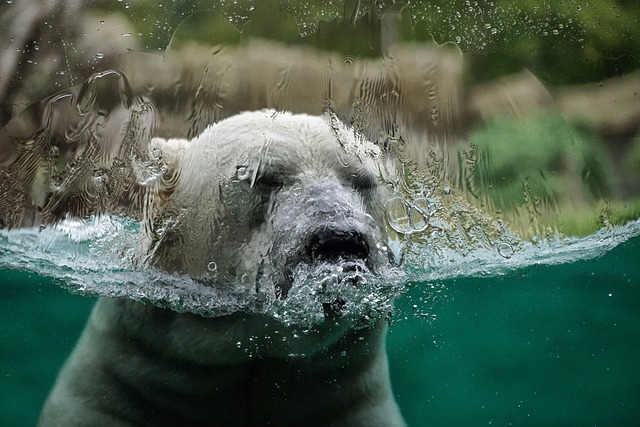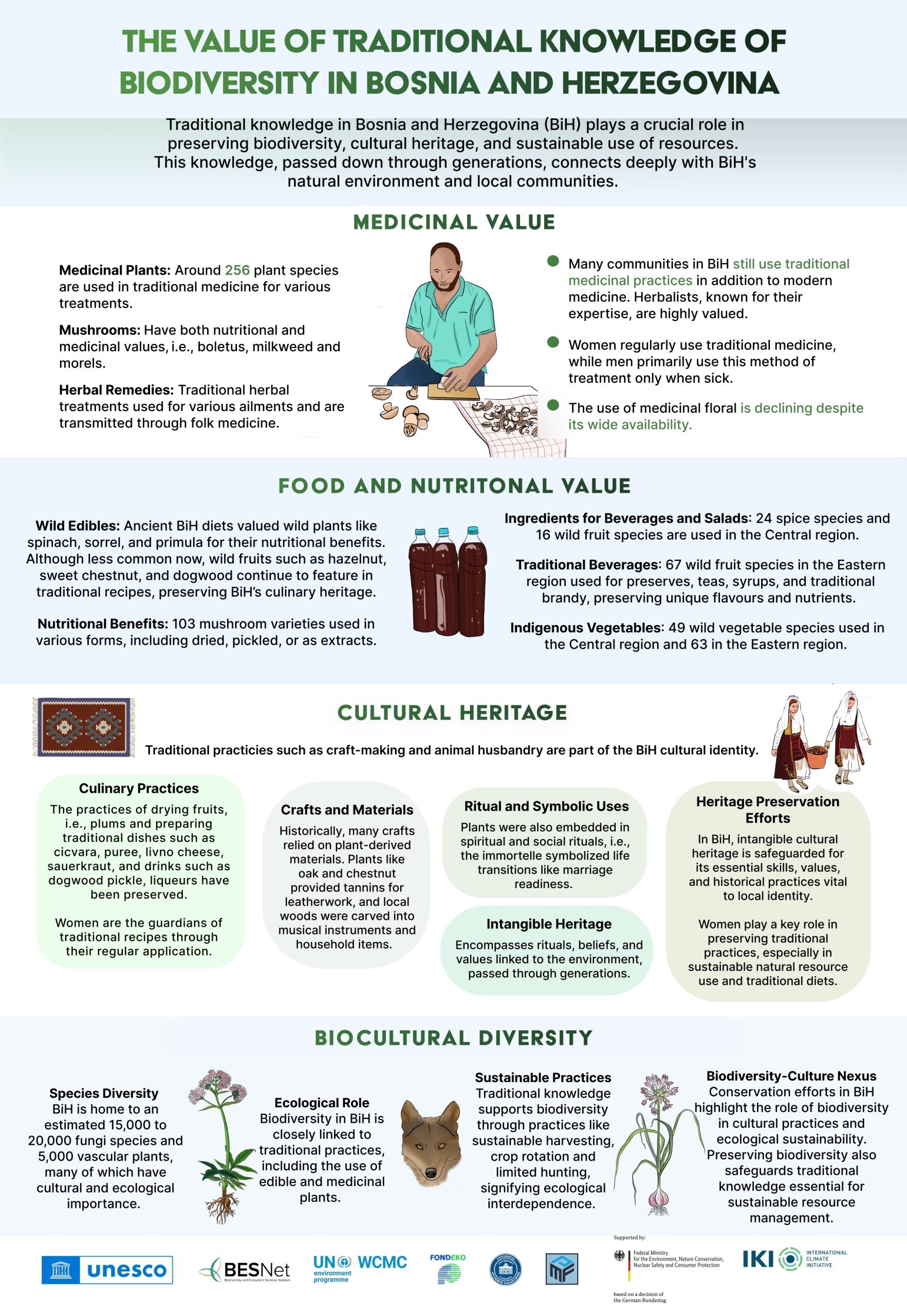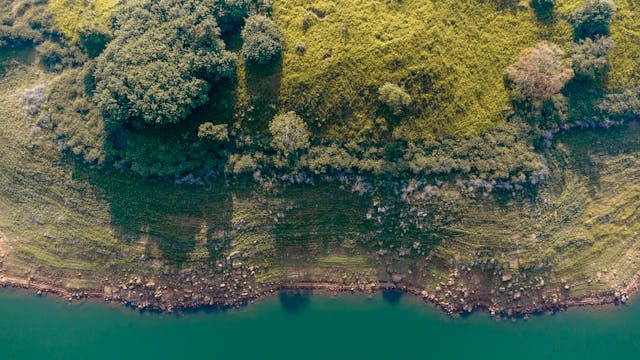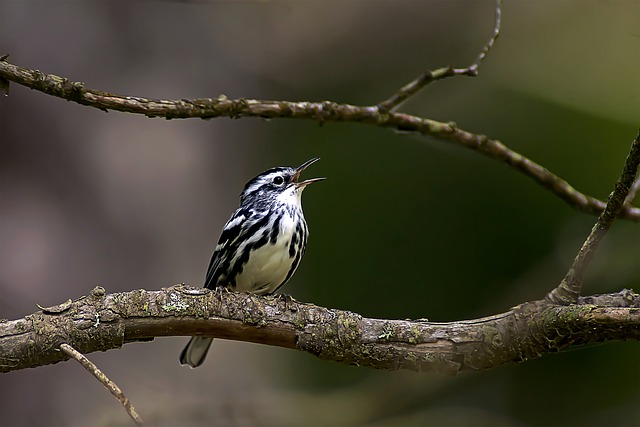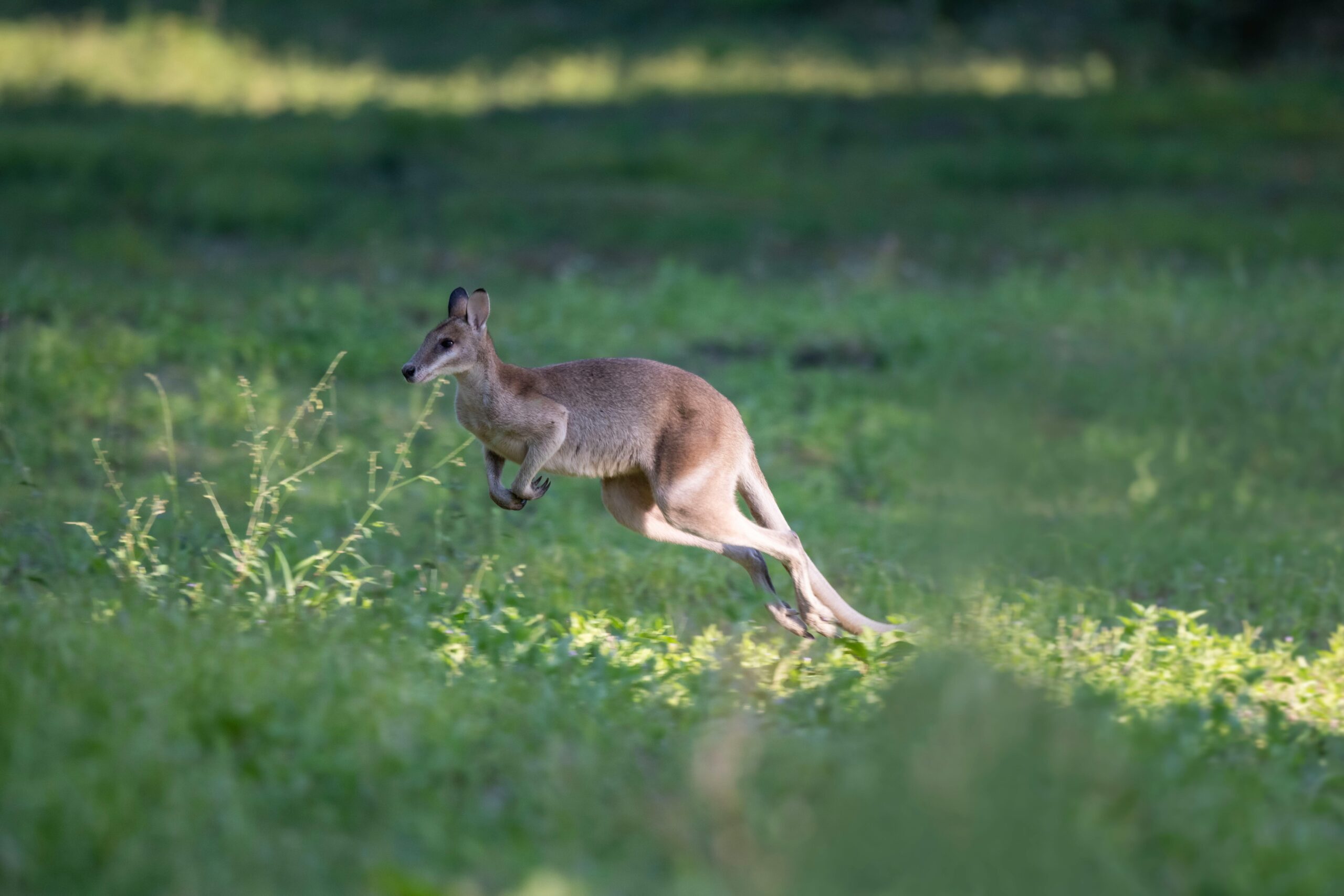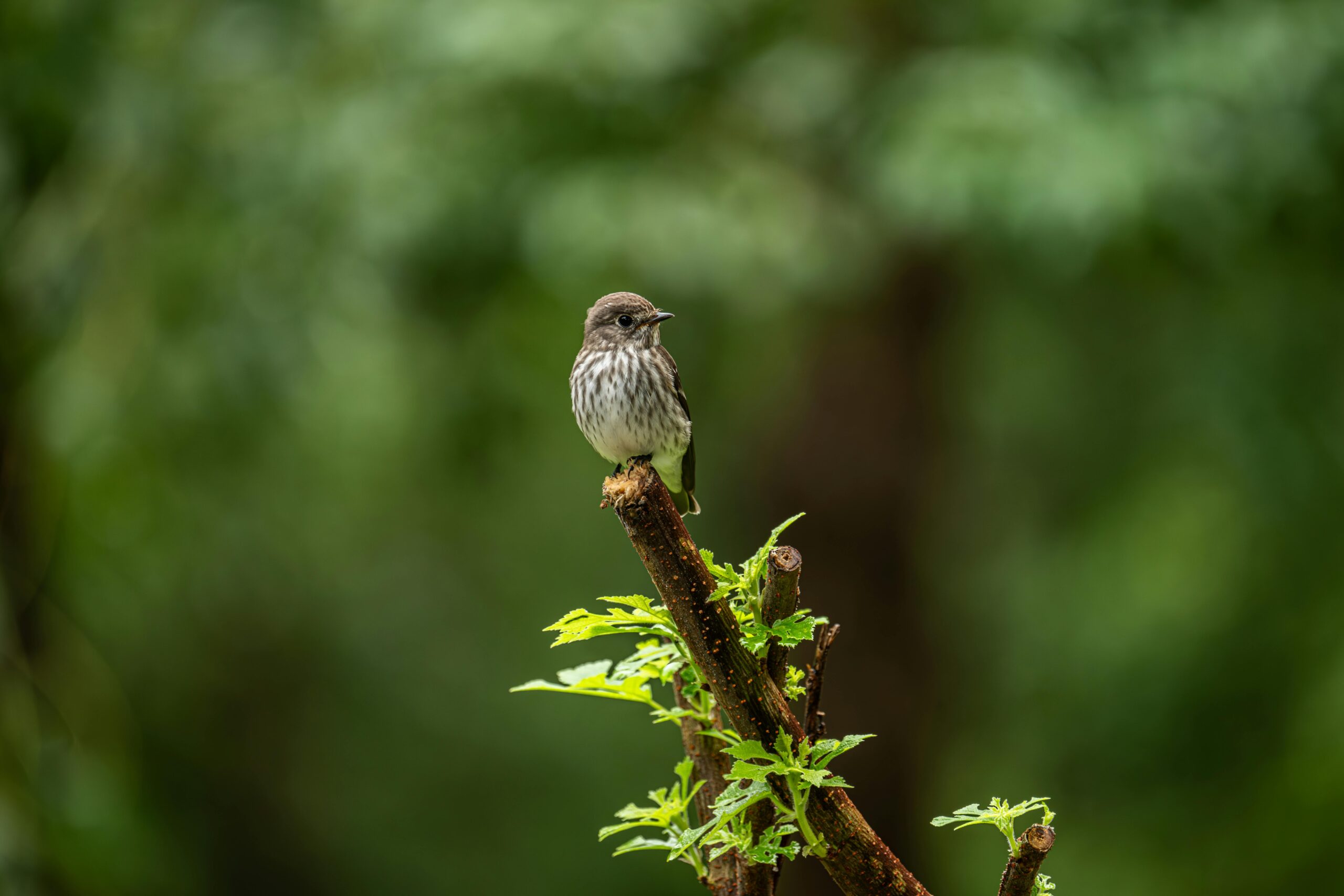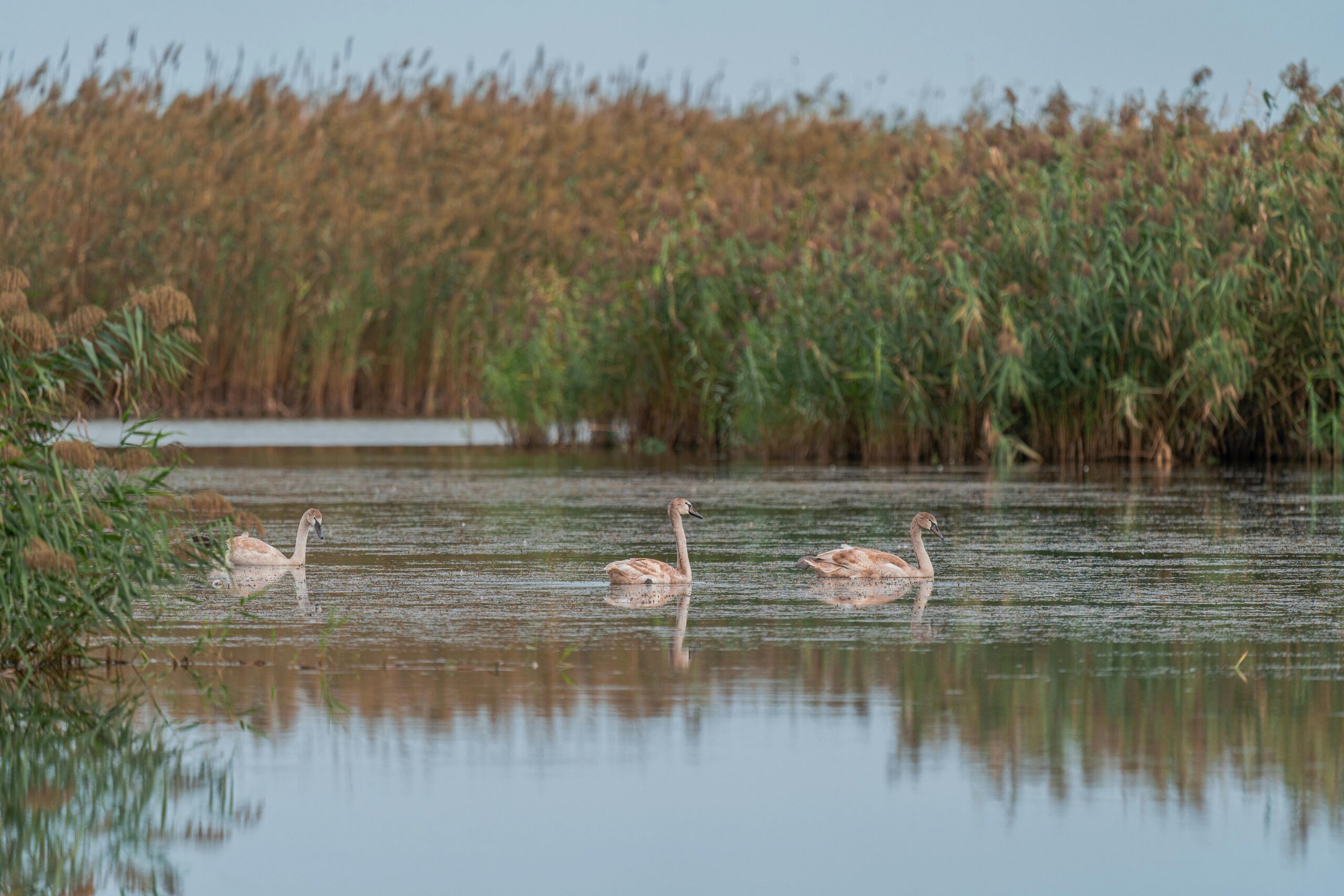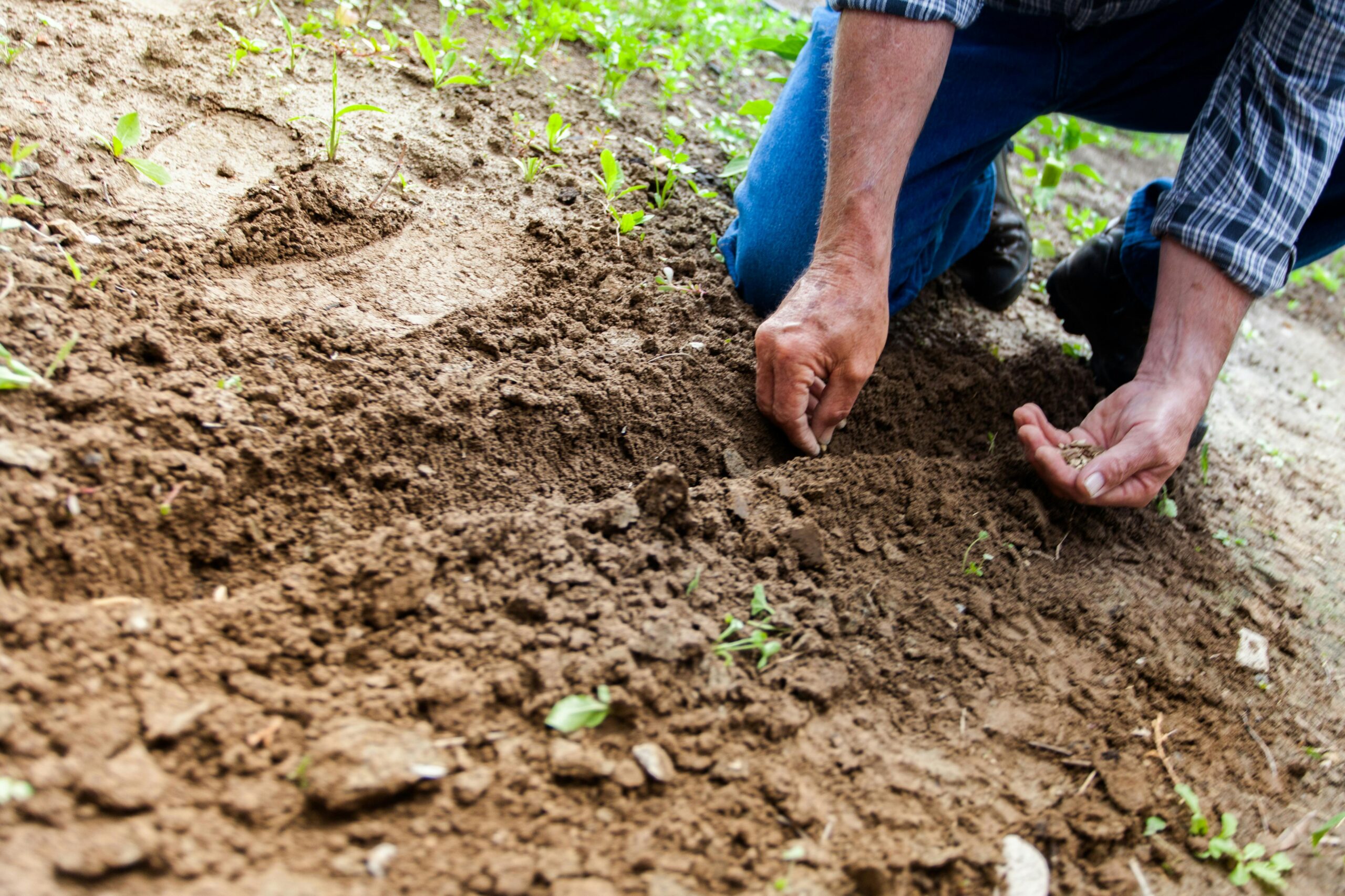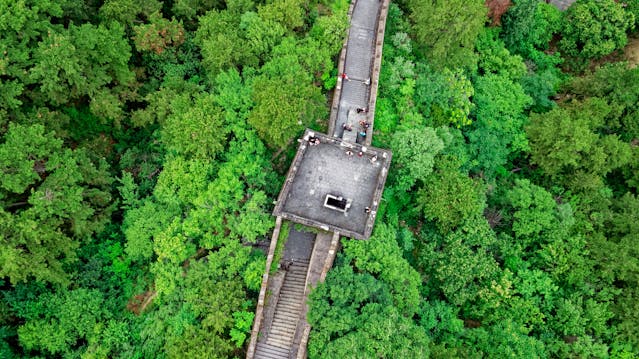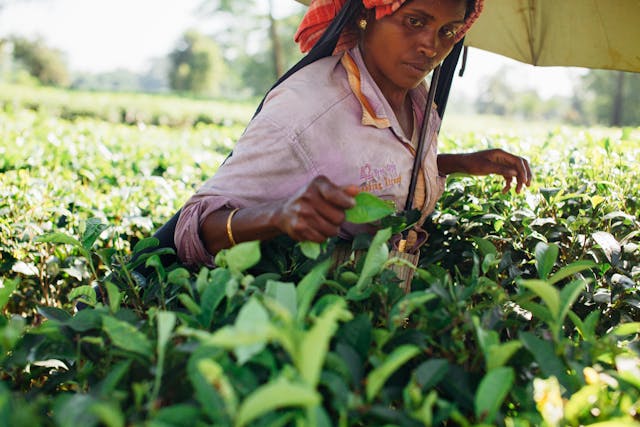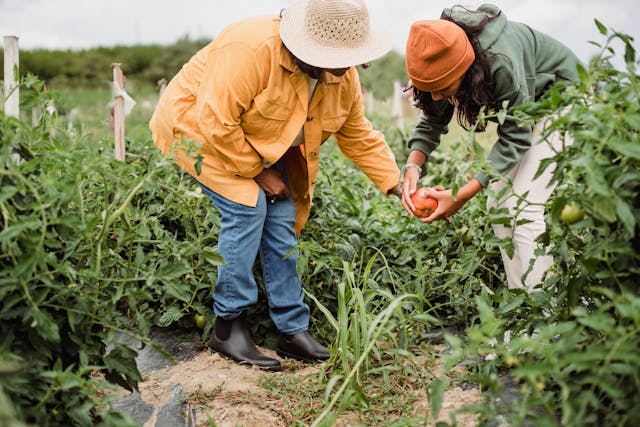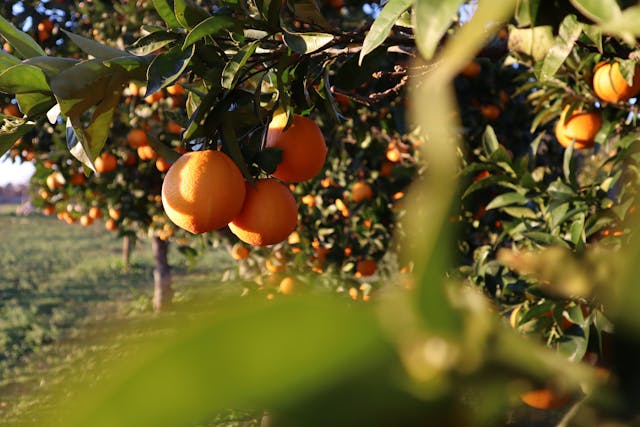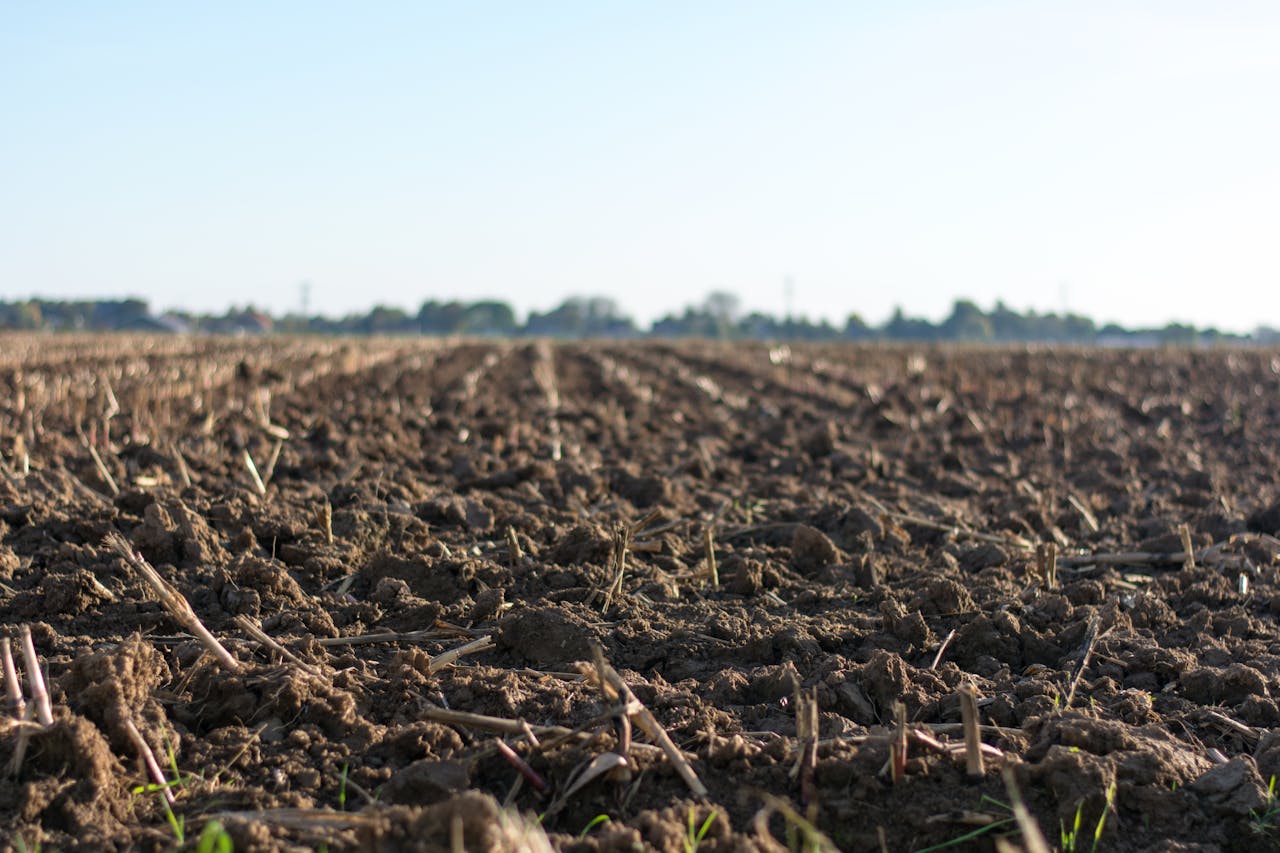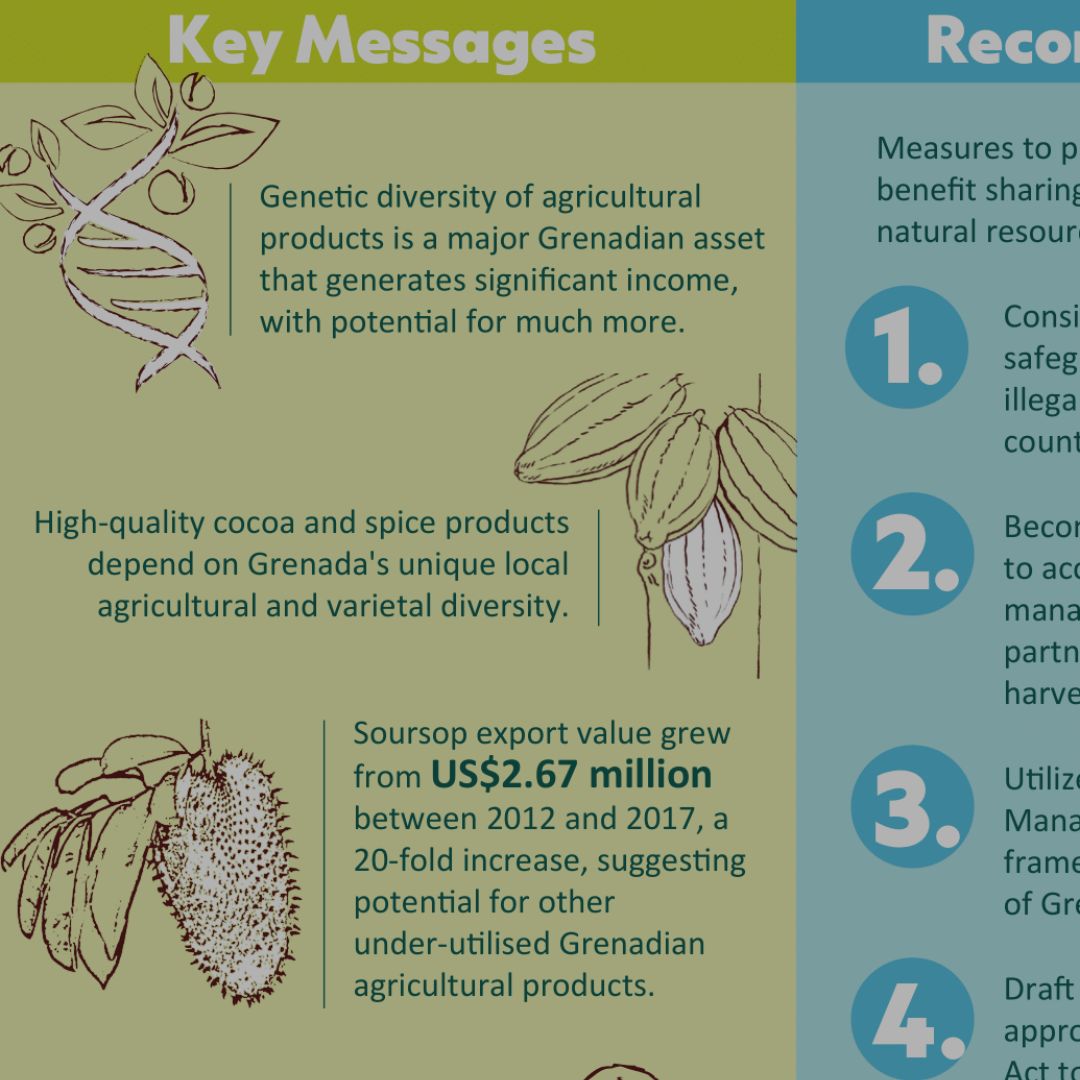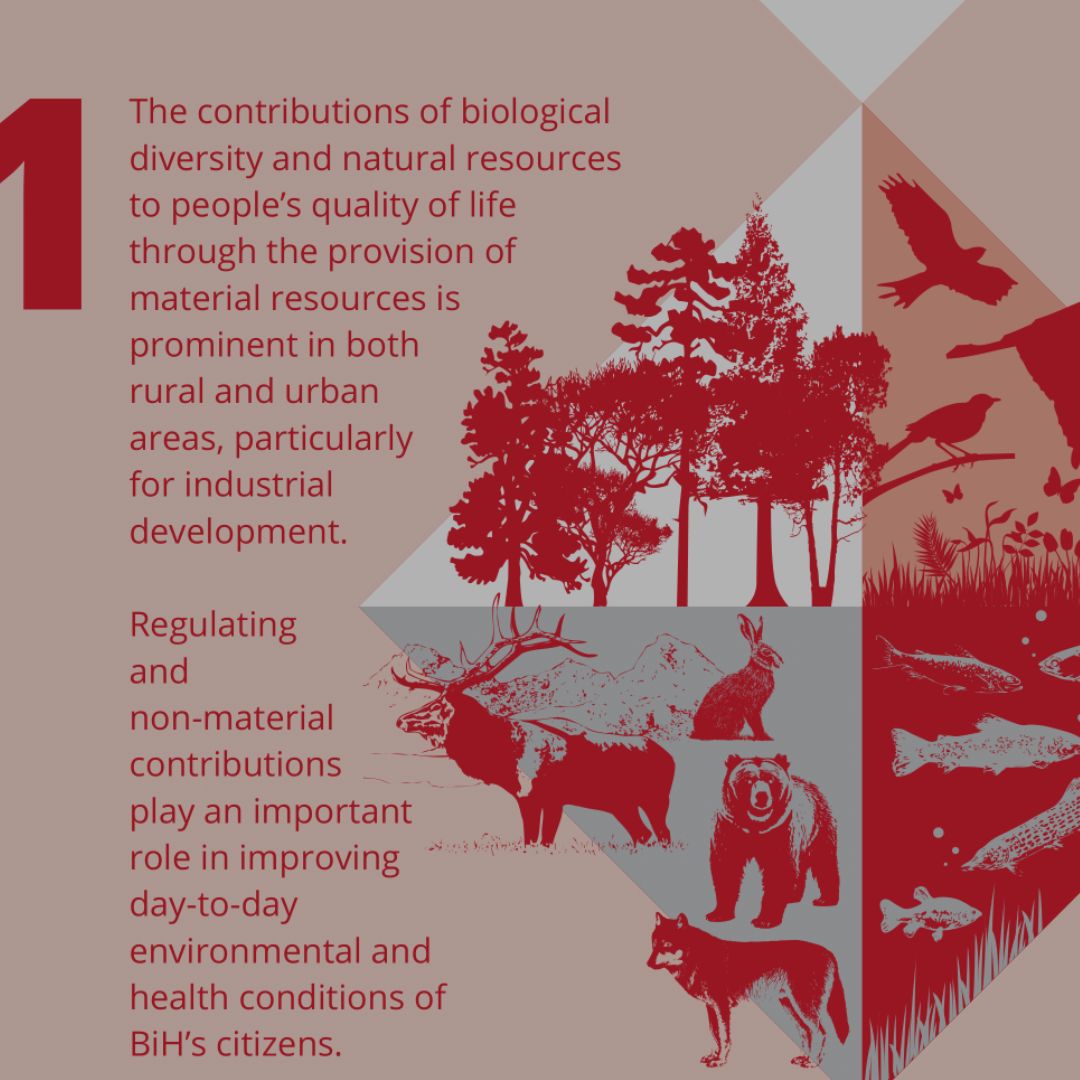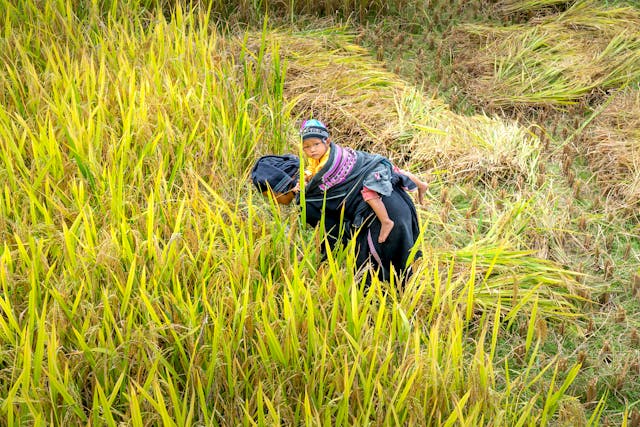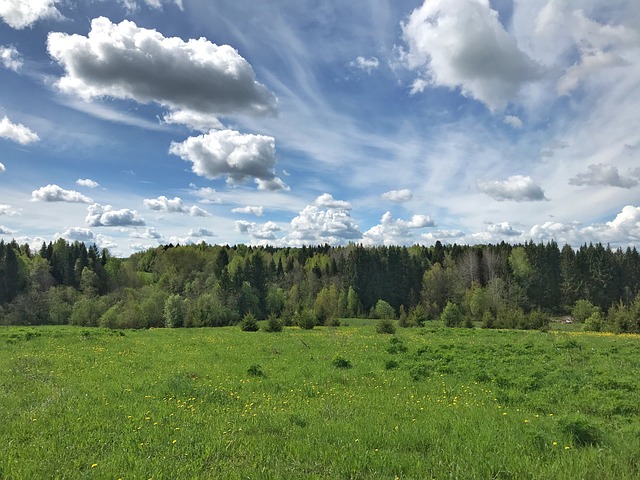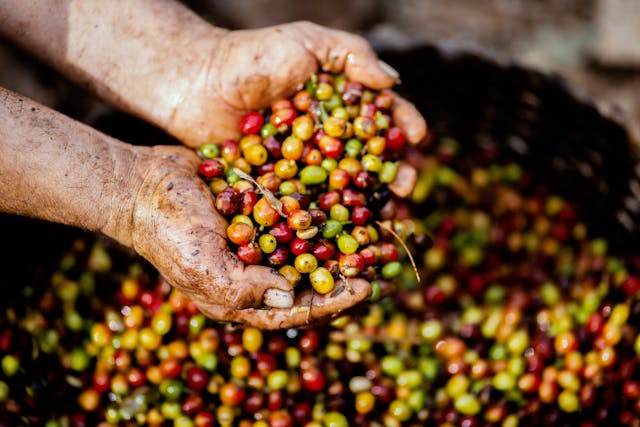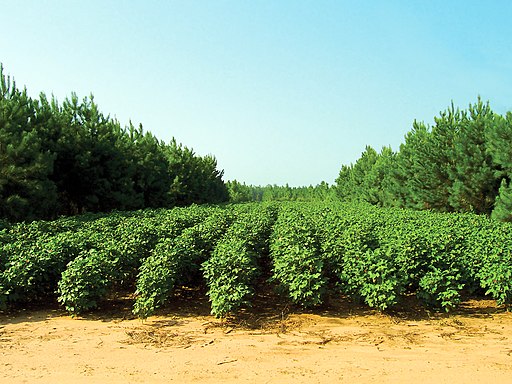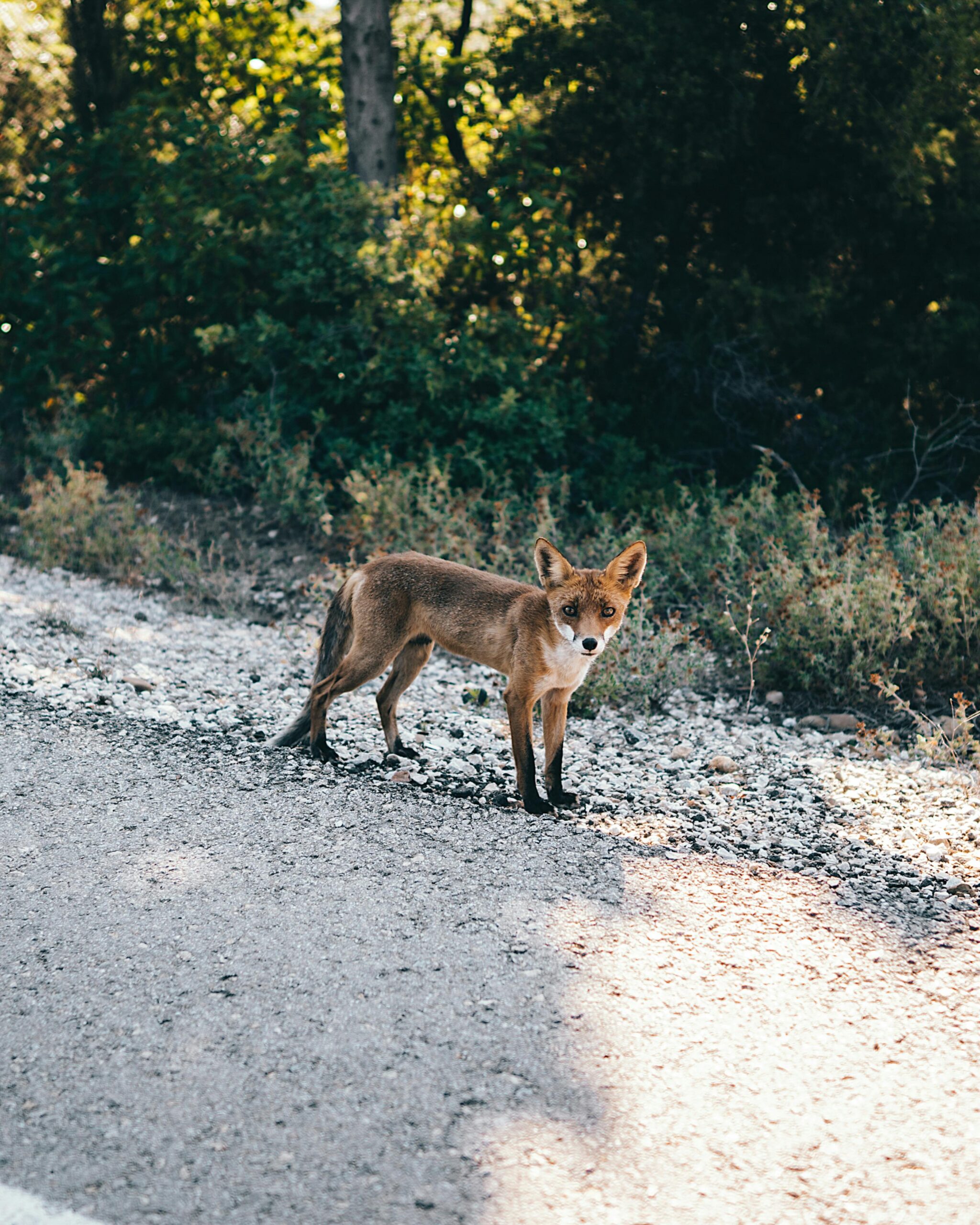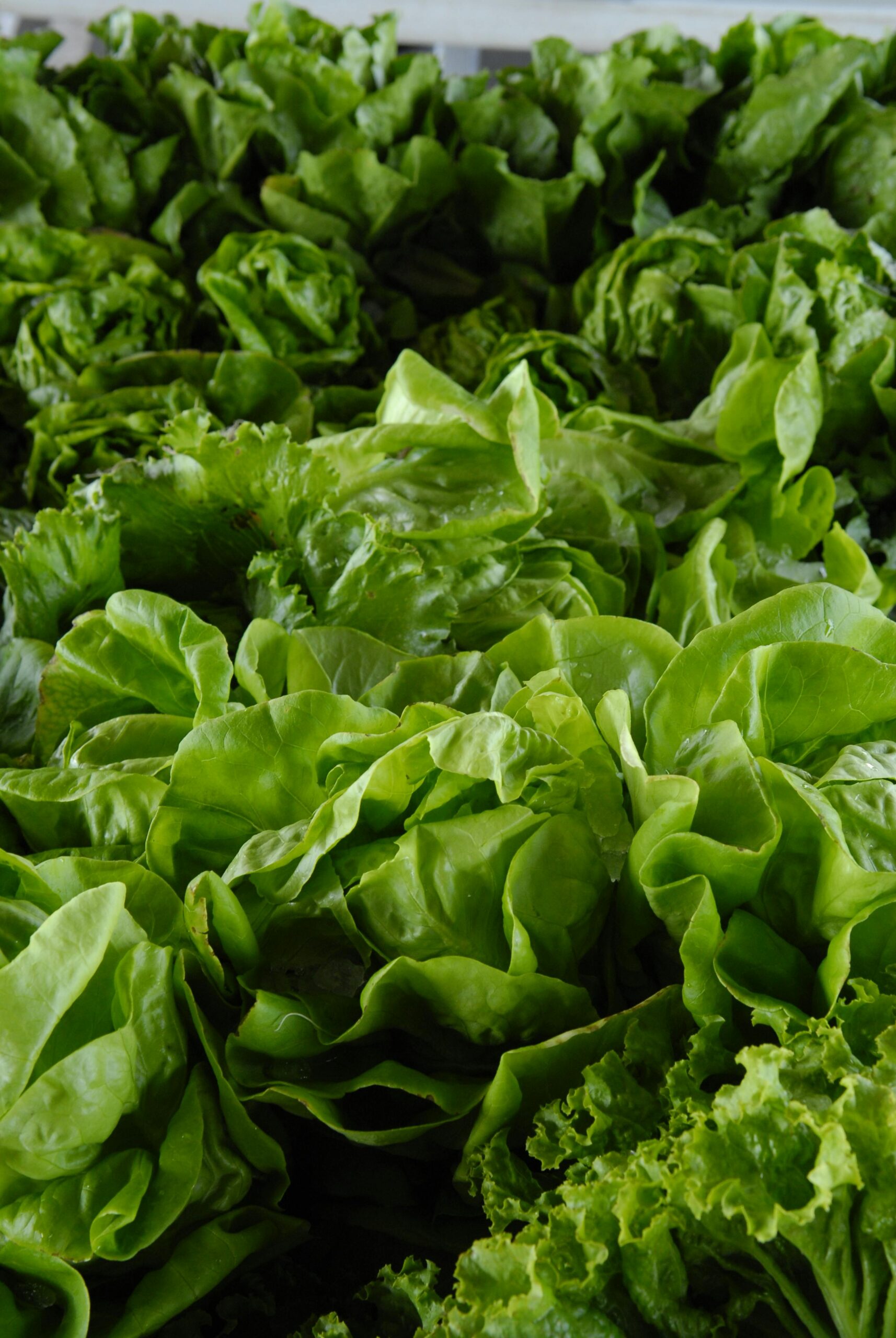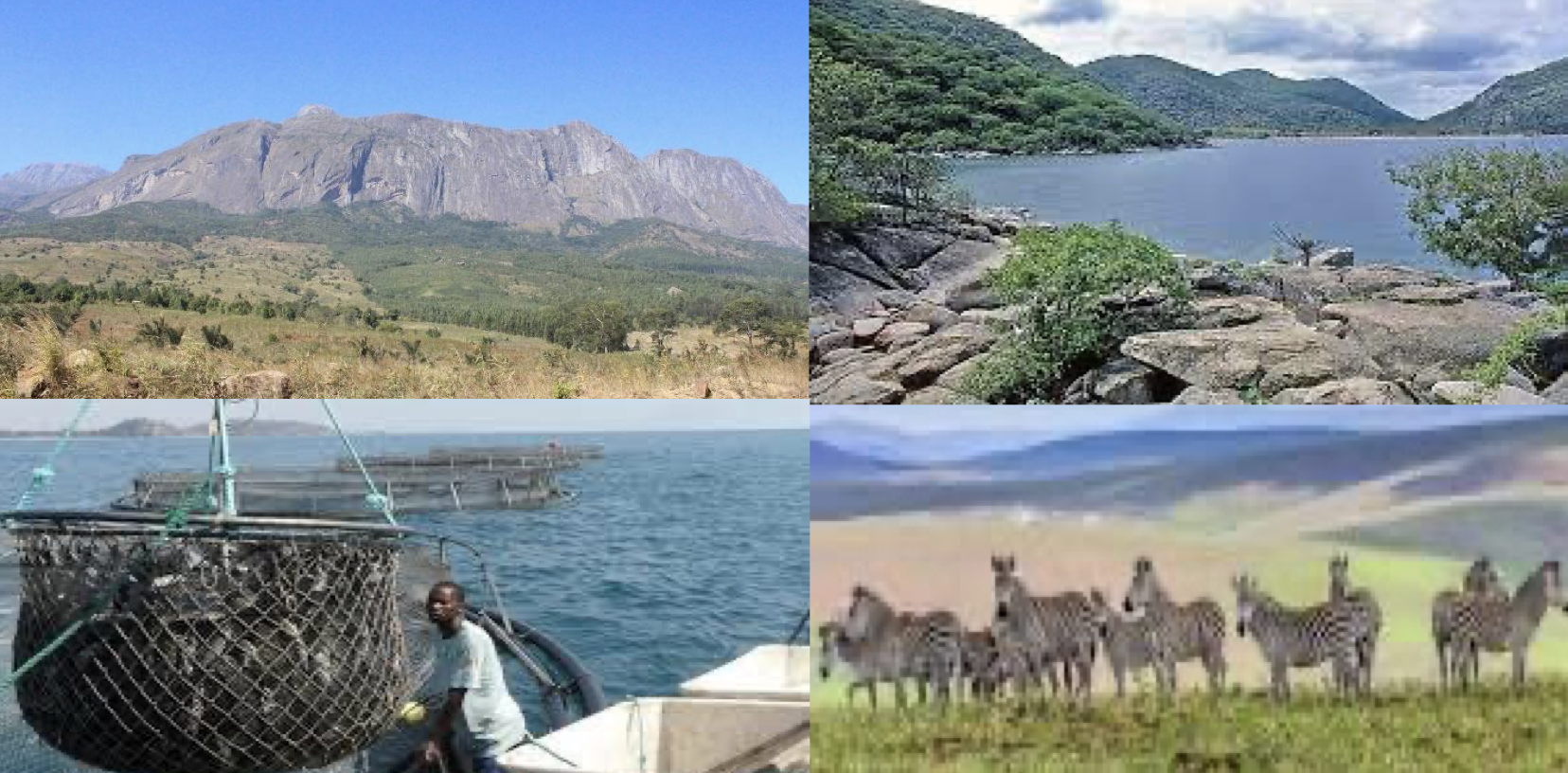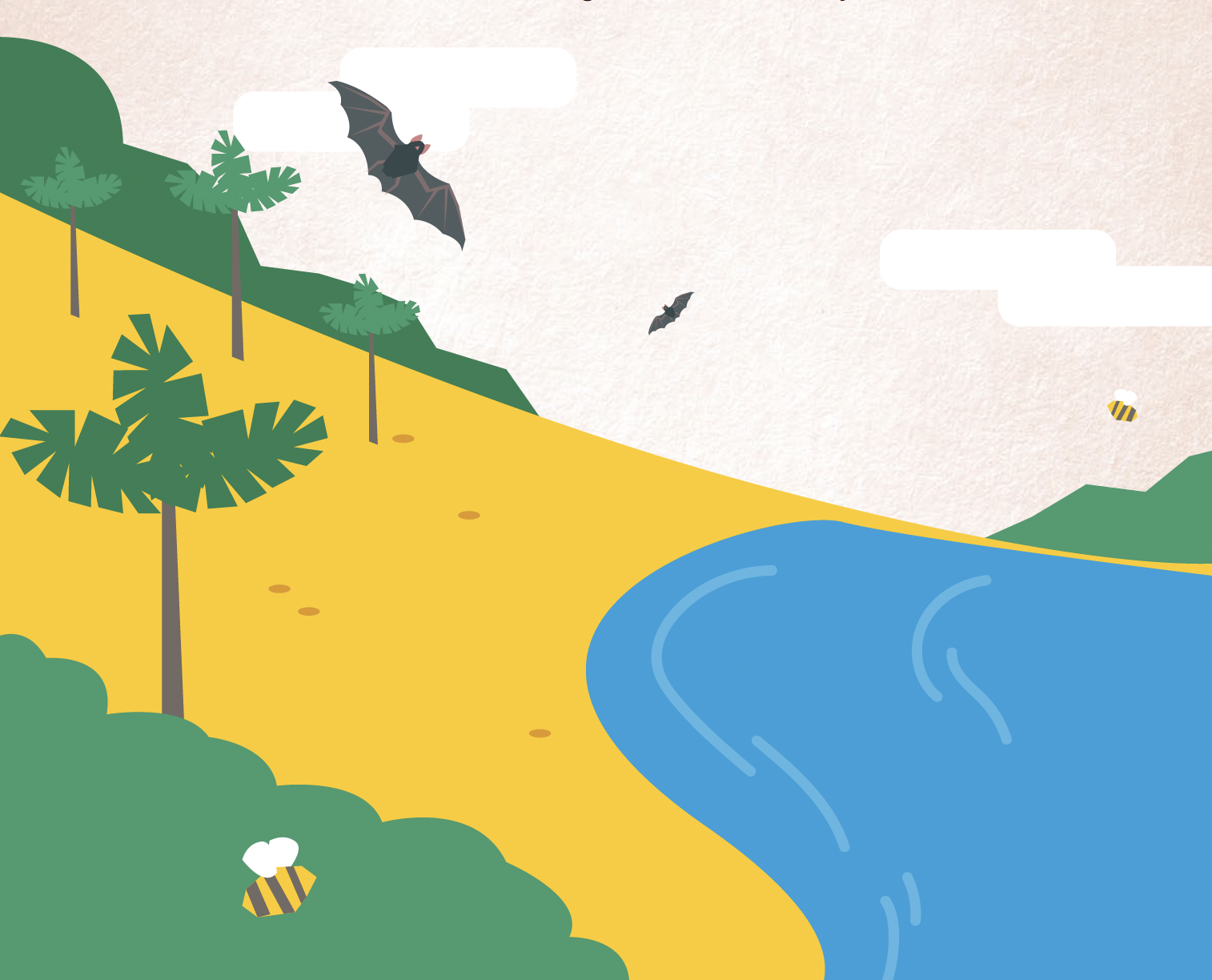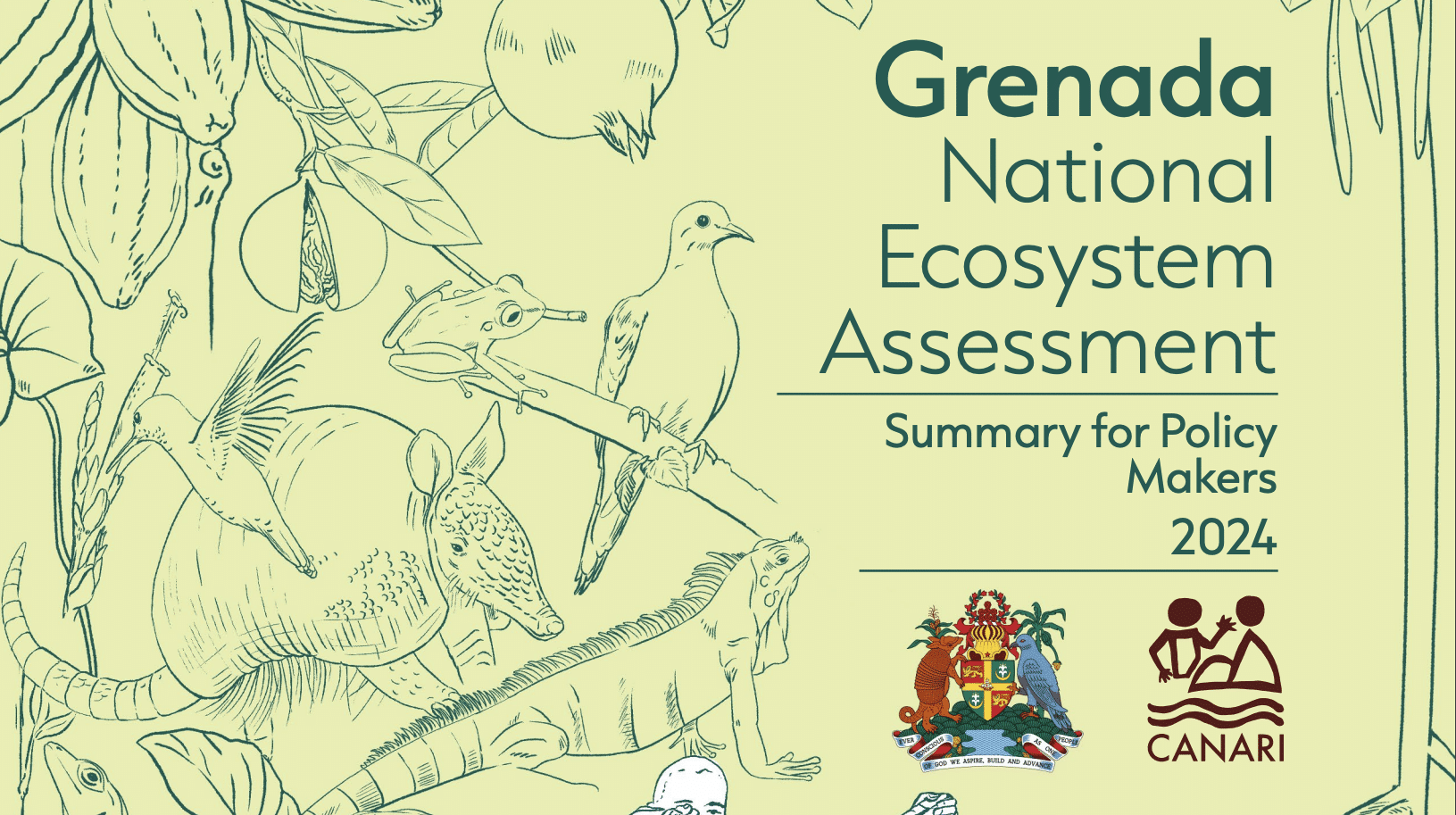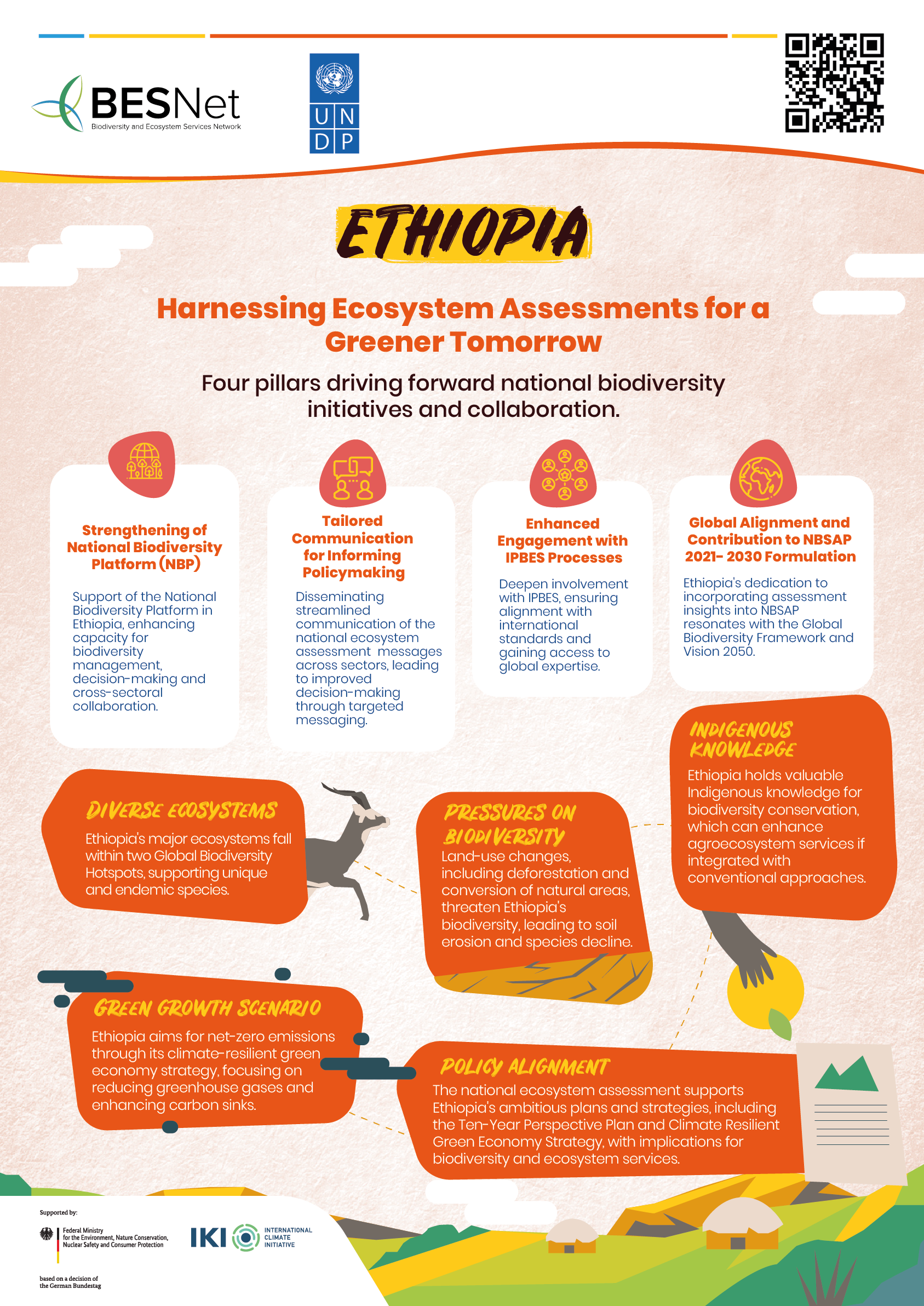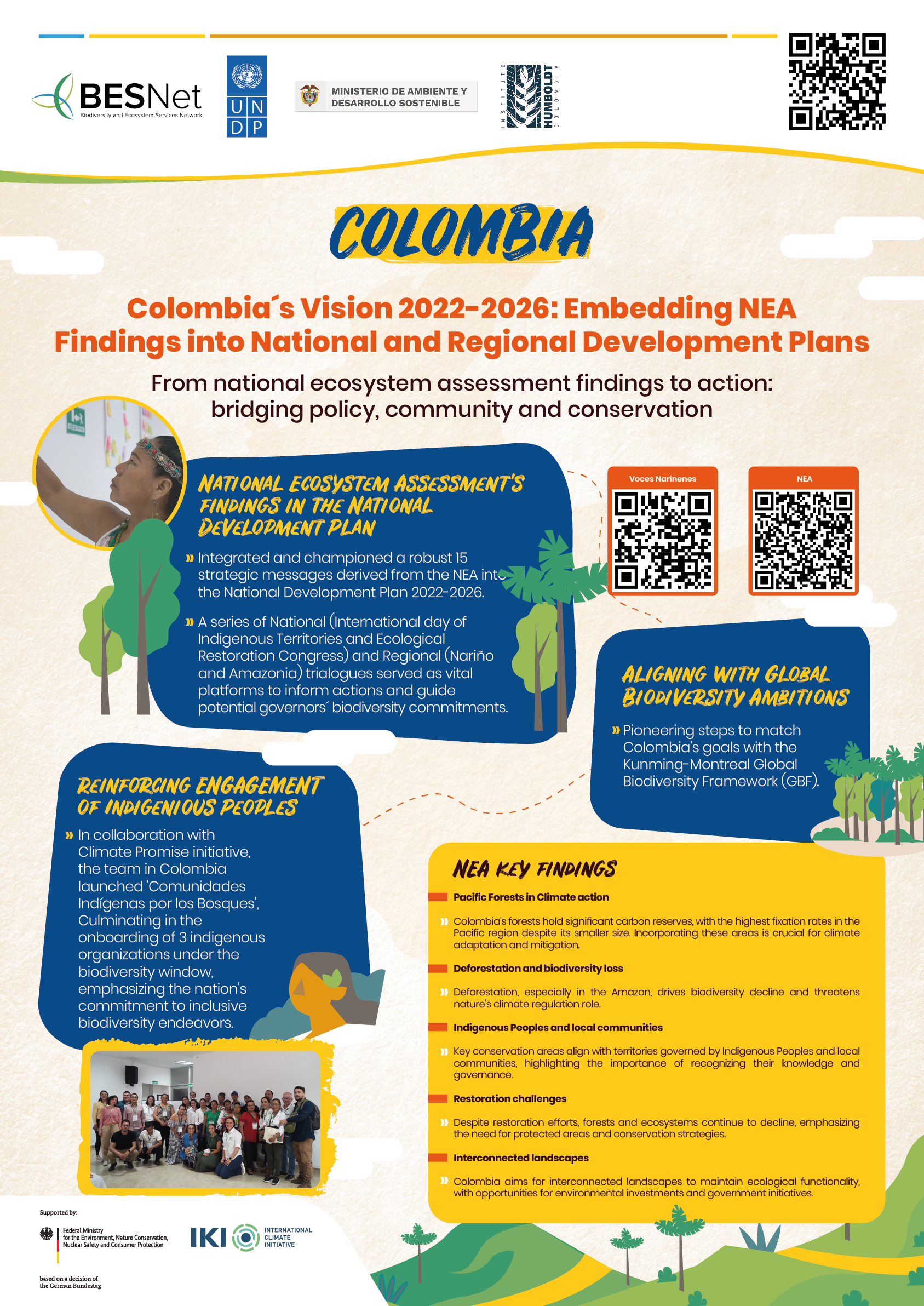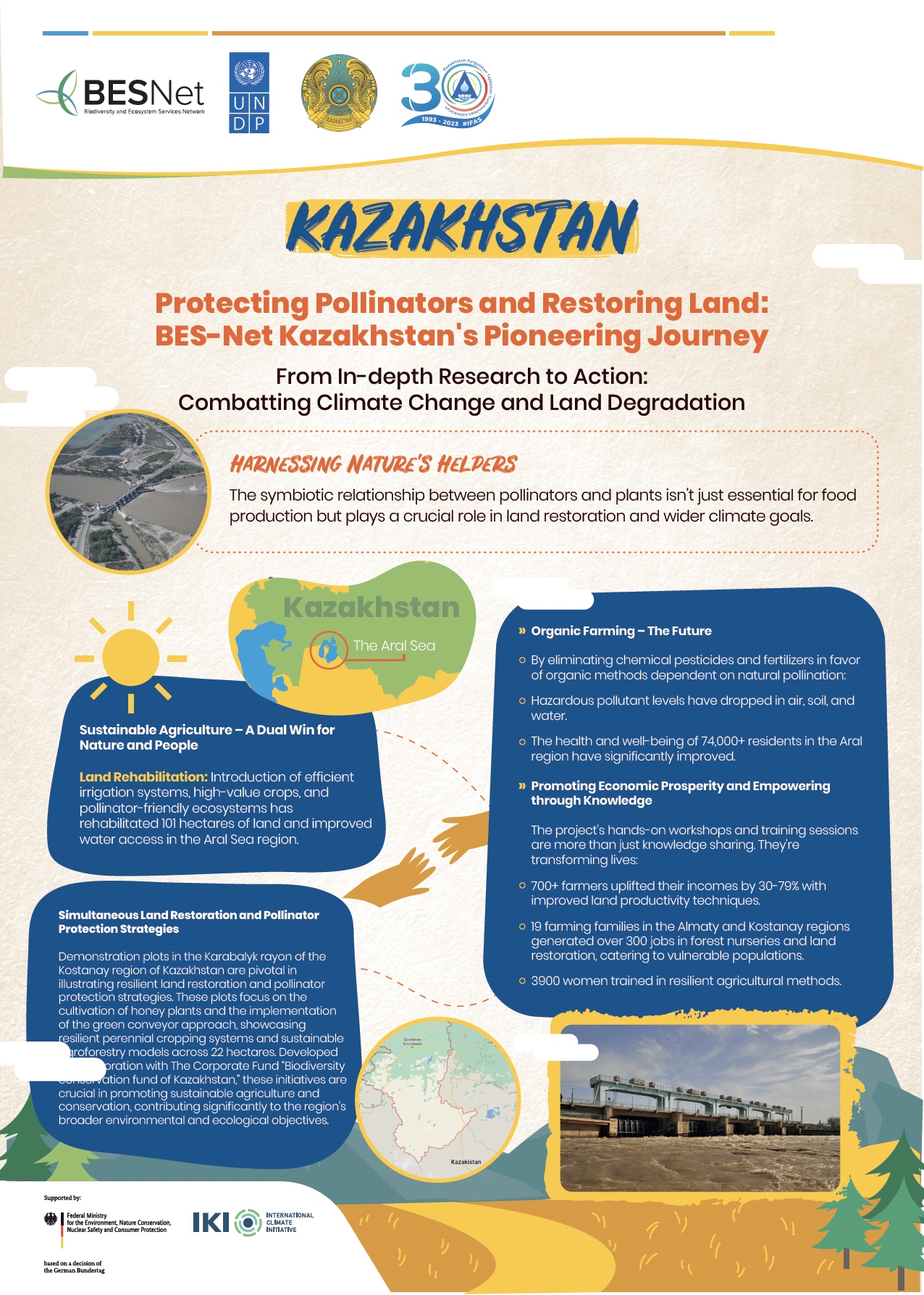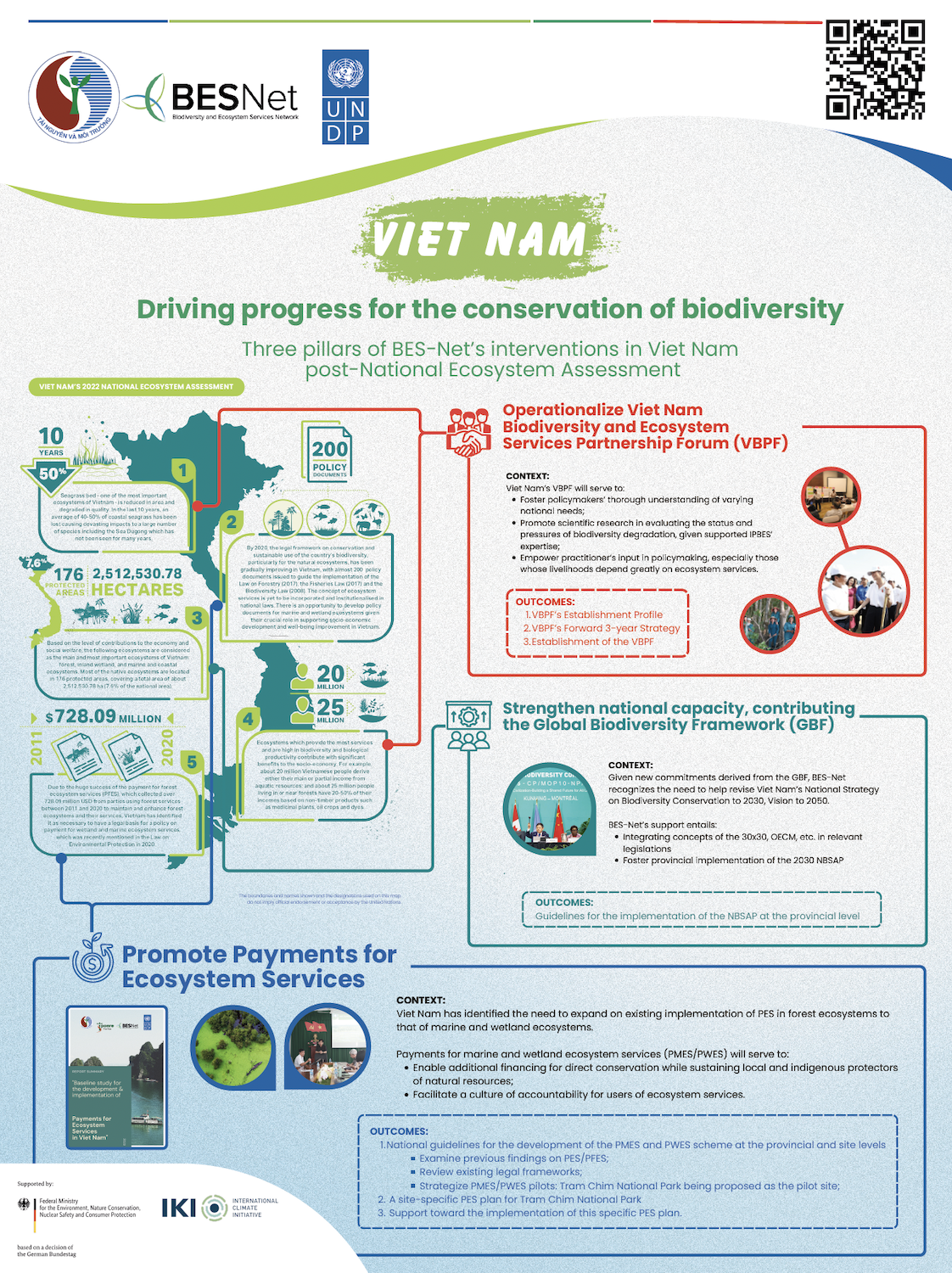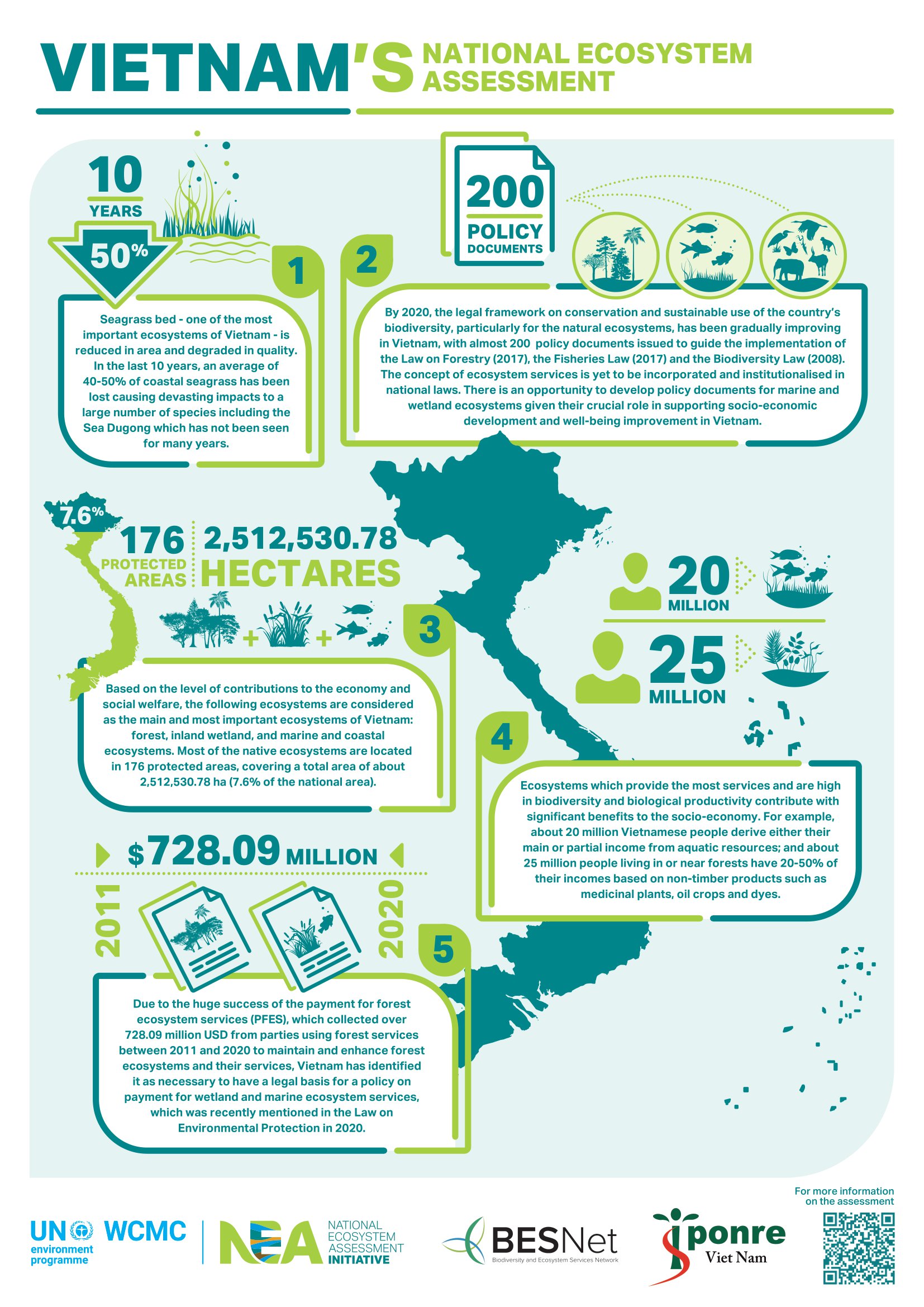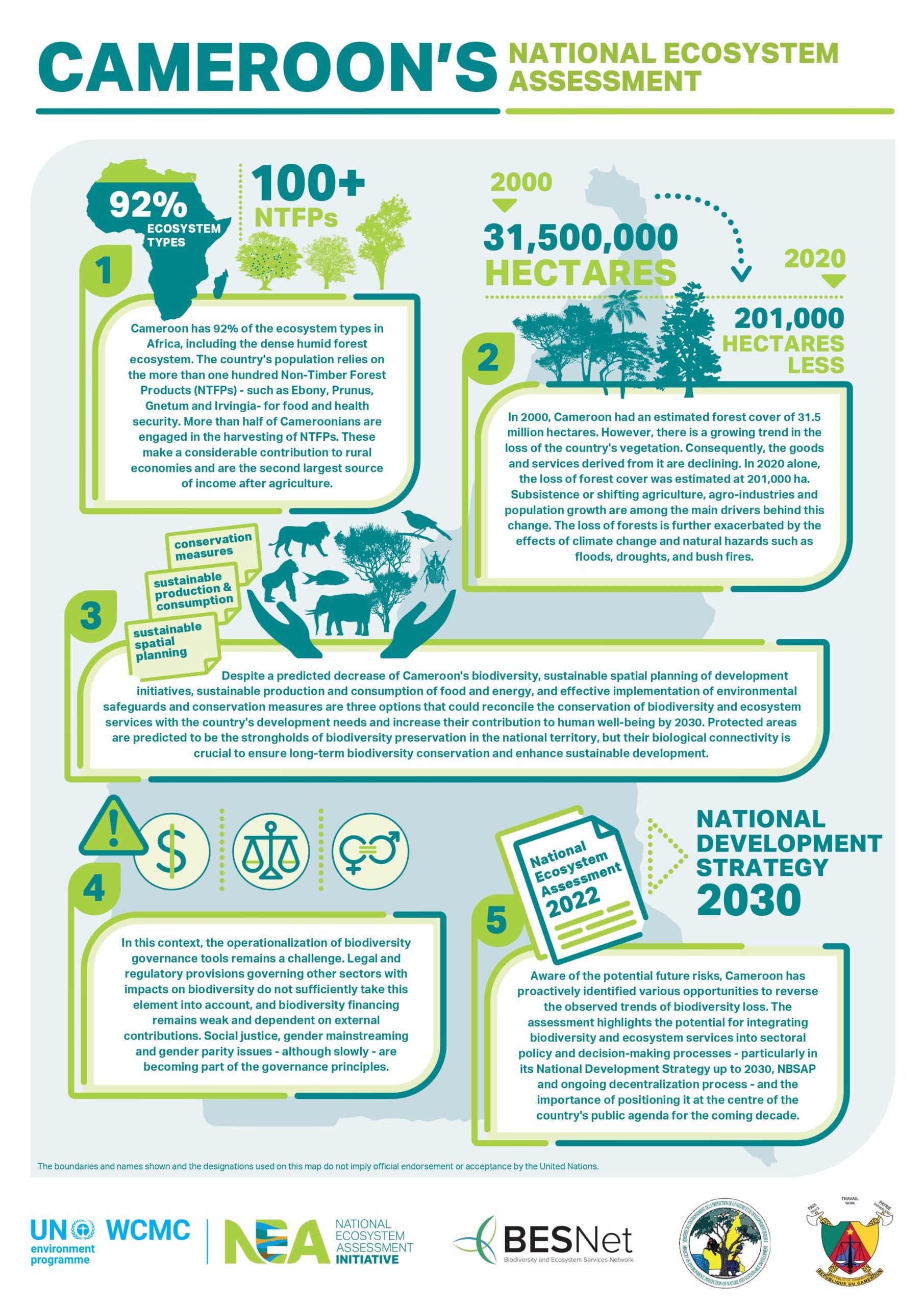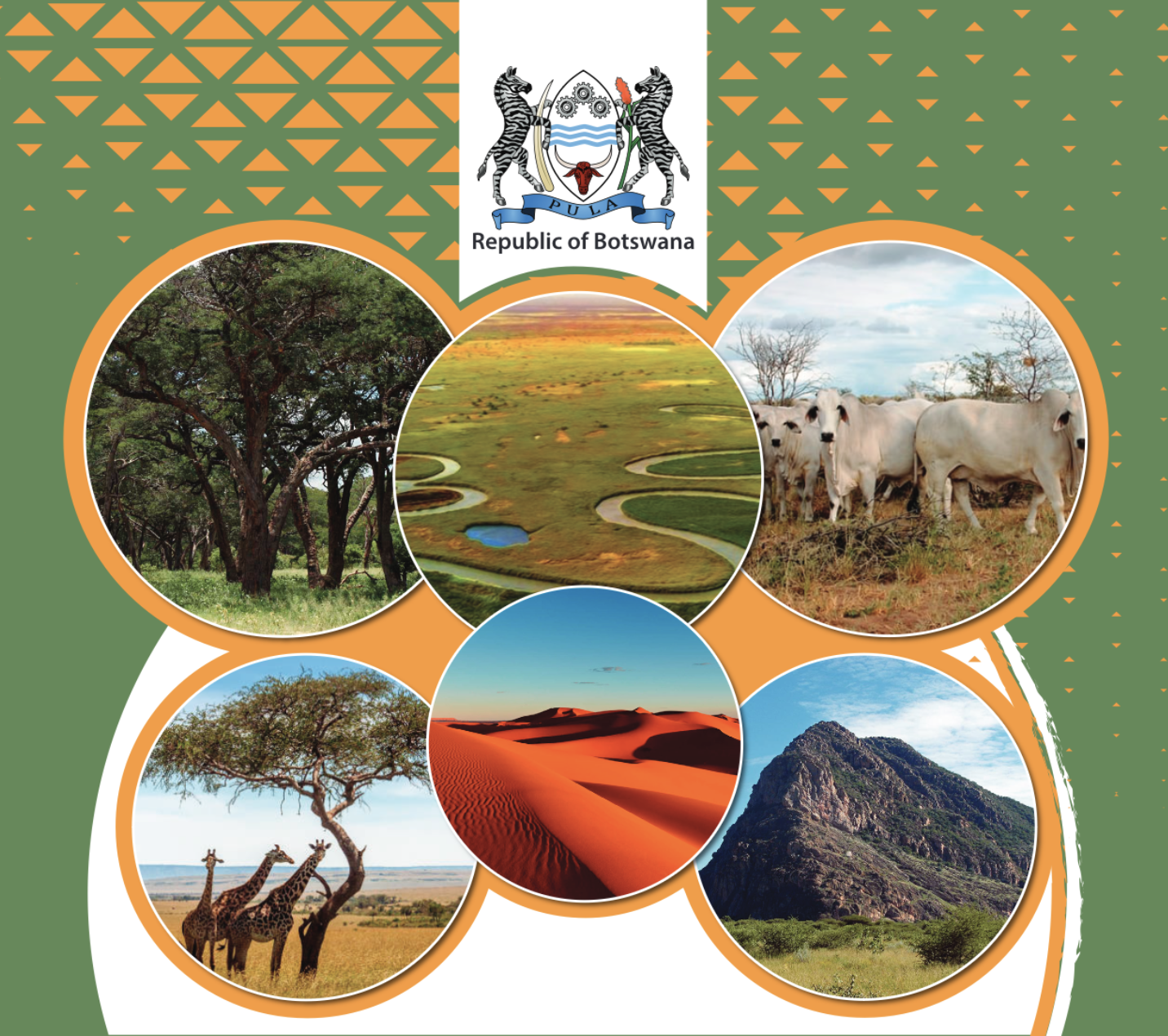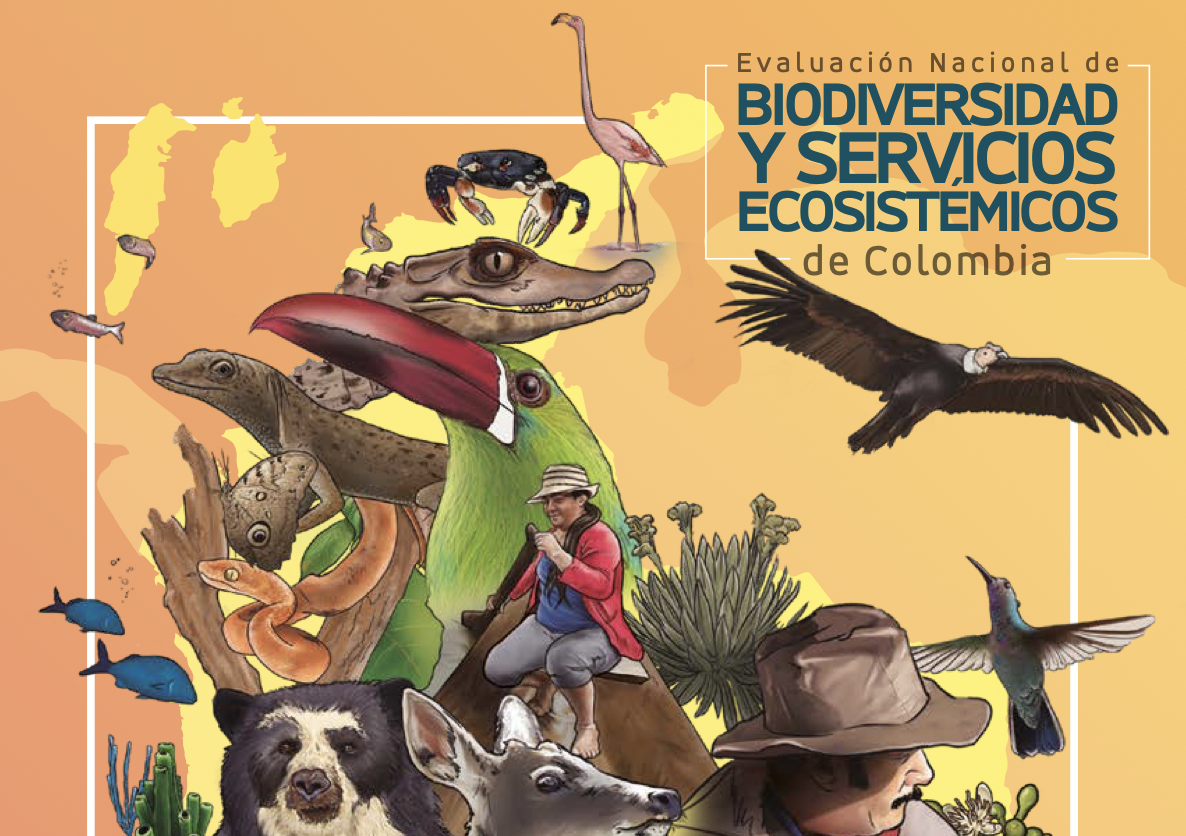Questions: How does the population structure of the threatened plant species Gladiolus imbricatus differ in the early and late stages of habitat restoration under different management regimes? What is the best management regime for the species? Location: Luitemaa Nature Reserve in Southwest Estonia. Methods: A long-term field experiment (2002e2004 and 2014e2016) studied the effect of four management regimes: (1) mowing in late July, (2) grazing by cattle, (3) grazing by sheep and (4) continuous lack of management (i.e. the control). Results: In contrast to the highly positive short-term response to habitat restoration, in the long term, late-season mowing was the most favourable management type for G. imbricatus.
The universal increase in juveniles across treatments during the early phase of the restoration project remained high only in mown plots. For the other treatments, after 10 years, the number of juveniles declined to the starting level or lower. Additionally, in contrast to the uniformly high number of premature and generative plants across treatments during the first two years of restoration, the number of premature plants in grazed sites declined. In particular, the frequency of premature and generative plants differed between the mowing and sheep grazing treatments in the long term. The success of generative reproduction was poor in the sheep-managed pasture, as all the shoots were grazed and none had any fruits or flowers.
Conclusions: While grazing is the most commonly subsidised restoration measure applied to coastal meadows, we recommend diversification of management types by promoting late-season mowing and reducing grazing intensity. In particular, sheep grazing must be avoided. The results of short-term evaluation of restoration methods can be misleading, and long-term monitoring must be a default evaluation task in biodiversity management support schemes.
Long-term effect of different management regimes on the survival and population structure of Gladiolus imbricates in Estonian coastal meadows
Year: 2019





















































































































































































































































































































































































































































































































